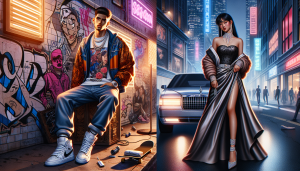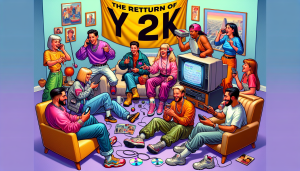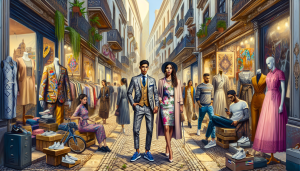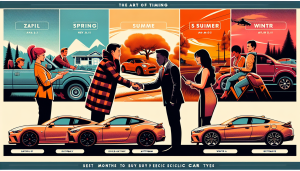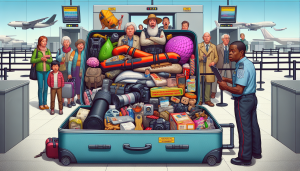Virtual Runways: How Technology is Reshaping Fashion Shows
Welcome to the future of fashion shows: Virtual Runways.
Gone are the days of traditional runways and physical fashion shows. With technology rapidly advancing, the deep-rooted fashion industry has taken a giant leap into the digital world. The emergence of virtual runways has revolutionized the way fashion shows are presented and experienced. This new era in fashion has brought about numerous benefits for designers, models, and audiences alike. In this article, we will delve into the exciting world of virtual runways and how technology is reshaping fashion shows.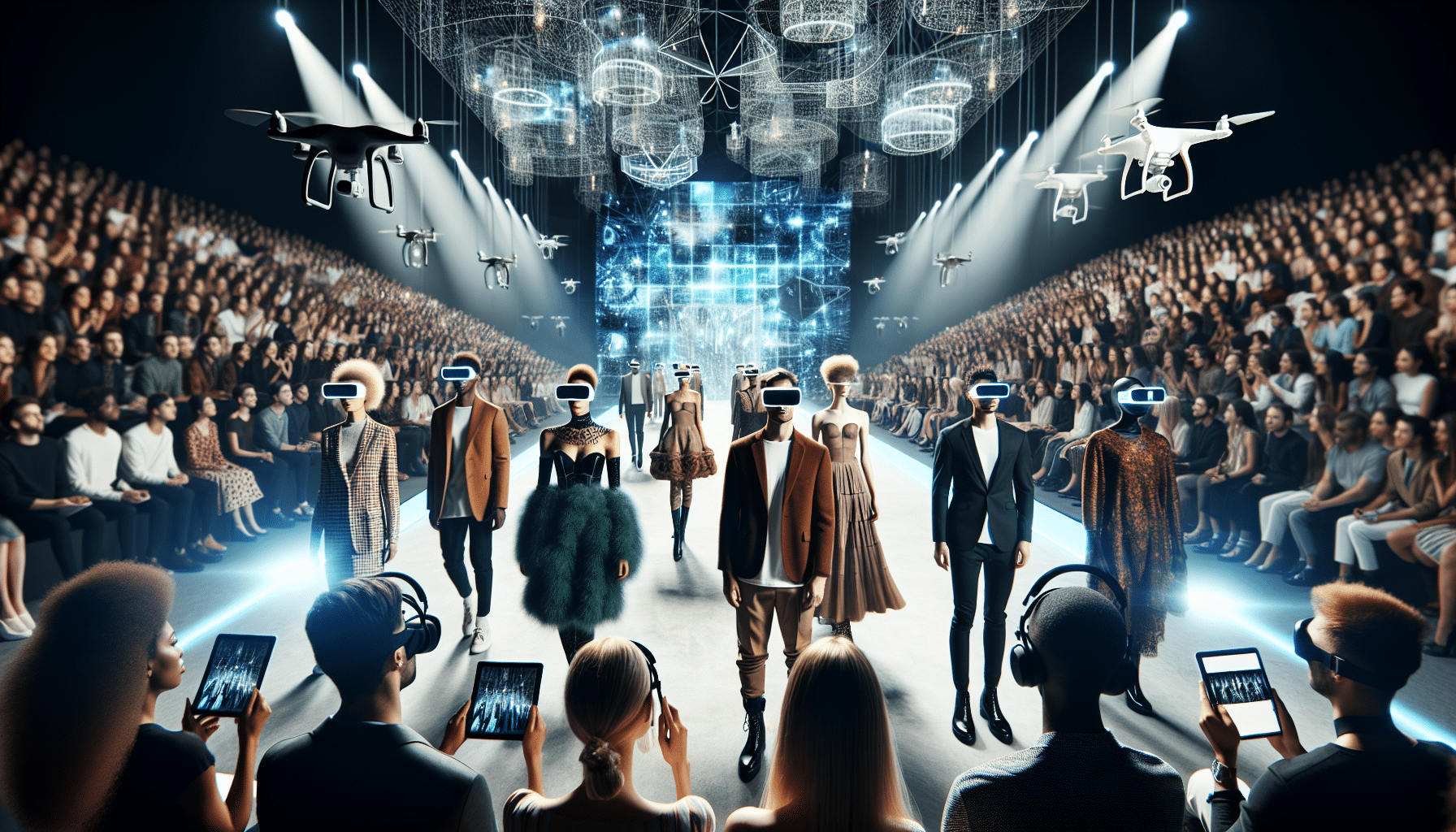
As technology continues to evolve, the fashion industry has embraced the use of virtual runways to showcase their latest collections. These virtual runways are essentially digital platforms where fashion shows are live-streamed or pre-recorded for audiences to access from anywhere in the world. This means that traditional barriers like geographical location and physical limitations are no longer a hindrance for fashion enthusiasts to witness and experience a fashion show. With just a click of a button, audiences can now be a part of the fashion world, regardless of their location.
One of the most significant benefits of virtual runways is its cost-effectiveness for designers. Organizing a physical fashion show can be an expensive affair, with expenses like venue rentals, model fees, and production costs. However, with virtual runways, designers can save a significant amount of money by eliminating these costs. This allows smaller and emerging designers to showcase their collections and compete on a global scale, opening up new opportunities and exposure for them.
Not only do virtual runways cut down on costs, but they also offer designers more creative freedom. Traditional runways often have strict limitations on set designs and props due to space constraints. With virtual runways, the possibilities are endless. Designers can explore and experiment with various virtual backgrounds, lighting, and special effects, bringing their creative vision to life. This allows for a more immersive and engaging experience for the audience.
Virtual runways have also revolutionized the way models can be a part of fashion shows. With the traditional runway setup, models have to undergo hours of fittings, rehearsals, and makeup sessions. However, with virtual runways, models can simply walk in front of a green screen, and their movements are captured digitally. This not only saves time and effort for models but also allows for a more diverse range of models to be a part of the show.
Aside from the fashion industry, virtual runways have also benefited audiences worldwide. With the world becoming more technologically advanced, virtual runways have allowed fashion enthusiasts to be a part of the action in real-time. Audiences can immerse themselves in the show from the comfort of their homes, adding a new level of accessibility for those who may not have been able to attend a physical show. Furthermore, virtual runways also provide more opportunities for fashion fans to interact and engage with the designers and models, creating a more intimate and personal experience.
In conclusion, the emergence of virtual runways has completely reshaped the landscape of fashion shows. With its cost-effectiveness, creative freedom, and accessibility, virtual runways are here to stay. Technology has not only enhanced the traditional runway experience but has also opened up new opportunities for designers, models, and audiences. As we move towards a more digitalized world, virtual runways have undoubtedly secured their place in the future of fashion shows. So, grab your front-row seat and get ready to witness the magic of virtual runways.

